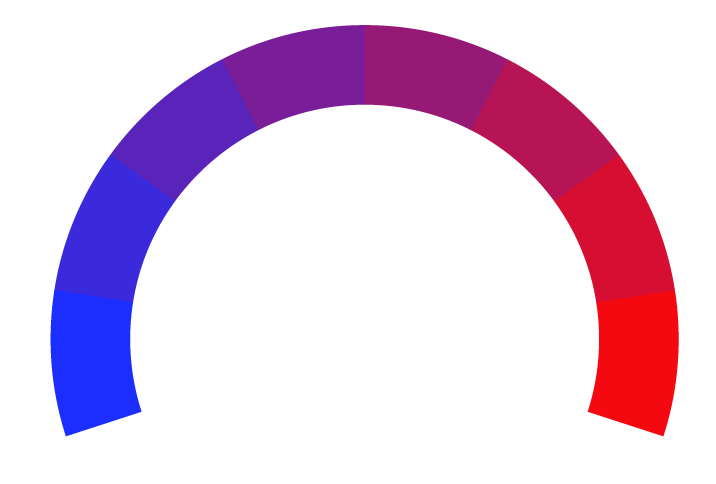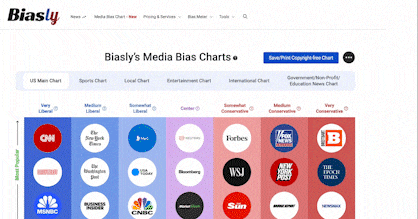EPA plan would limit downwind pollution from power plants | WTOP News
- Bias Rating
- Reliability
N/AN/A
- Policy Leaning
16% Somewhat Right
- Politician Portrayal
-56% Negative
Continue For Free
Create your free account to see the in-depth bias analytics and more.
By creating an account, you agree to our Terms and Privacy Policy, and subscribe to email updates.
Bias Score Analysis
The A.I. bias rating includes policy and politician portrayal leanings based on the author’s tone found in the article using machine learning. Bias scores are on a scale of -100% to 100% with higher negative scores being more liberal and higher positive scores being more conservative, and 0% being neutral.
Sentiments
N/A
- Liberal
- Conservative
| Sentence | Sentiment | Bias |
|---|---|---|
Unlock this feature by upgrading to the Pro plan. | ||
Reliability Score Analysis
Policy Leaning Analysis
Politician Portrayal Analysis
Bias Meter
Extremely
Liberal
Very
Liberal
Moderately
Liberal
Somewhat Liberal
Center
Somewhat Conservative
Moderately
Conservative
Very
Conservative
Extremely
Conservative
-100%
Liberal
100%
Conservative

Contributing sentiments towards policy:
55% : Manufacturers will work with EPA to ensure the rules can "achieve shared goals in a constructive way," Newhouse said.55% : The plan would cover engines used in natural gas pipeline; cement kilns; boilers and furnaces in iron and steel mills; glass manufacturers; and boilers used in chemical, petroleum, coal and paper plants.
52% : The Environmental Protection Agency is proposing a federal plan that would restrict smokestack emissions from power plants and other industrial sources that burden downwind areas with smog-causing pollution they can't control.
51% : In cases where a state has not submitted a "good neighbor" plan -- or where EPA disapproves a state plan -- the federal plan would take effect to ensure downwind states are protected, the EPA is now proposing.
51% : EPA expect to issue a final rule by the end of the year.
39% : A 2015 rule set by EPA blocks states from adding to ozone pollution in other localities.
*Our bias meter rating uses data science including sentiment analysis, machine learning and our proprietary algorithm for determining biases in news articles. Bias scores are on a scale of -100% to 100% with higher negative scores being more liberal and higher positive scores being more conservative, and 0% being neutral. The rating is an independent analysis and is not affiliated nor sponsored by the news source or any other organization.






















 WTOP
WTOP